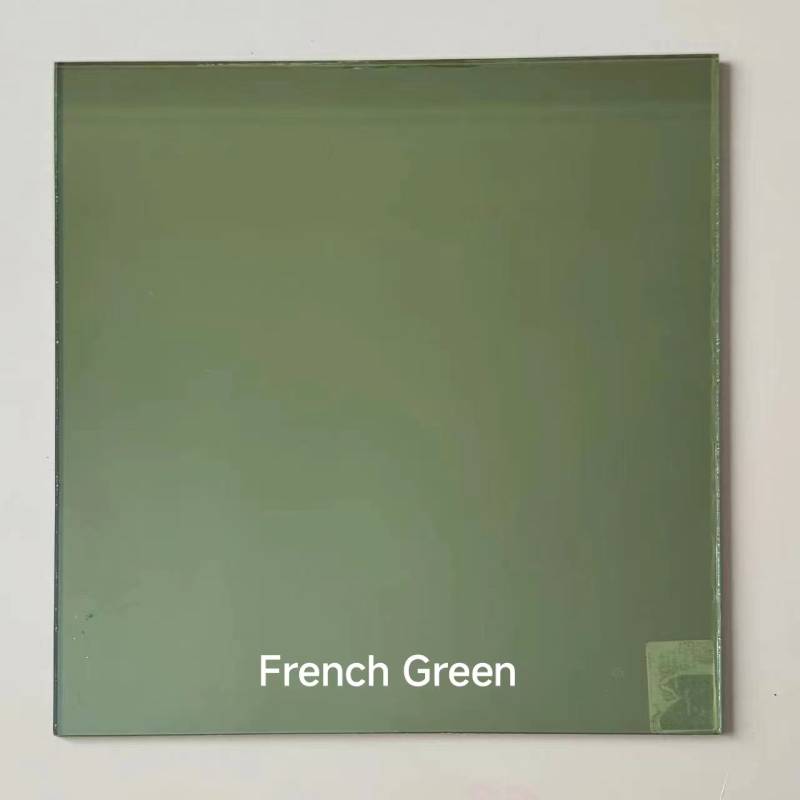

Understanding Low-E2 Glass Benefits and Applications
In the ongoing quest for energy efficiency and sustainability, Low-E (Low Emissivity) glass has emerged as a pivotal innovation in the architectural and construction industry. Among the various types of Low-E glass, Low-E2 glass stands out due to its unique properties, which significantly enhance thermal performance. This article will delve into the characteristics, benefits, and applications of Low-E2 glass, underscoring its importance in modern building practices.
What is Low-E2 Glass?
Low-E2 glass is a type of glass that has been treated with a special coating designed to reflect infrared radiation while allowing visible light to pass through. The E in Low-E refers to emissivity, a measure of how much radiation a material emits relative to an ideal black body. The 2 denotes a specific type of coating that is applied to the glass surface, enhancing its overall thermal efficiency.
The coating on Low-E2 glass typically consists of thin layers of metal oxides, which are applied through a vacuum deposition process. This allows the glass to reflect heat back into the building during the cold months while keeping the interior cool during the summer by reflecting excessive heat from the sun. As a result, Low-E2 glass plays a crucial role in regulating indoor temperatures, thus optimizing comfort levels for occupants.
Benefits of Low-E2 Glass
1. Energy Efficiency One of the most significant advantages of Low-E2 glass is its ability to reduce energy costs. By minimizing the need for heating and cooling, buildings can achieve substantial savings on energy bills. Research indicates that using Low-E glass can reduce energy consumption by up to 30% or more compared to standard glass.
2. UV Protection Low-E2 glass also acts as a barrier against ultraviolet (UV) rays, which can cause fading in furniture, carpets, and artwork. By blocking a significant percentage of UV radiation, Low-E2 glass helps to preserve the integrity and appearance of interior spaces over time.
3. Enhanced Comfort By maintaining a stable indoor temperature and reducing drafts, Low-E2 glass enhances the comfort of occupants. This is particularly beneficial in residential settings where temperature fluctuations can negatively impact the quality of life.
4. Environmental Impact With growing awareness of climate change and its effects, the use of energy-efficient materials like Low-E2 glass contributes positively to the environment. It helps reduce the carbon footprint associated with heating and cooling buildings, aligning with broader goals of sustainability and environmental responsibility.

5. Aesthetic Flexibility Low-E2 glass can be incorporated into a variety of architectural designs without compromising aesthetics. It is available in different tints and coatings, allowing architects and designers to choose the best options that complement their design intentions.
Applications of Low-E2 Glass
Low-E2 glass is versatile and can be applied in numerous settings, including
- Residential Buildings Homeowners increasingly favor Low-E2 glass for windows and sliding doors due to its energy-efficient properties and aesthetic versatility.
- Commercial Buildings Businesses also utilize Low-E2 glass in office buildings, retail spaces, and other commercial structures to reduce energy expenses, enhance occupant comfort, and create visually appealing environments.
- Educational Institutions Schools and universities benefit from the energy-saving capabilities of Low-E2 glass, as it contributes to lower operational costs while providing a comfortable learning environment for students.
- Healthcare Facilities Hospitals and clinics often integrate Low-E2 glass into their designs to create healing environments that promote patient comfort while maintaining energy efficiency.
Conclusion
Low-E2 glass represents a significant advancement in glass technology, offering numerous benefits for both commercial and residential applications. By enhancing energy efficiency, providing UV protection, and contributing to occupant comfort, Low-E2 glass stands as a vital element in the construction of sustainable and aesthetically pleasing buildings. As the demand for energy-efficient solutions continues to rise, Low-E2 glass will undoubtedly play an essential role in shaping the future of architecture and design.